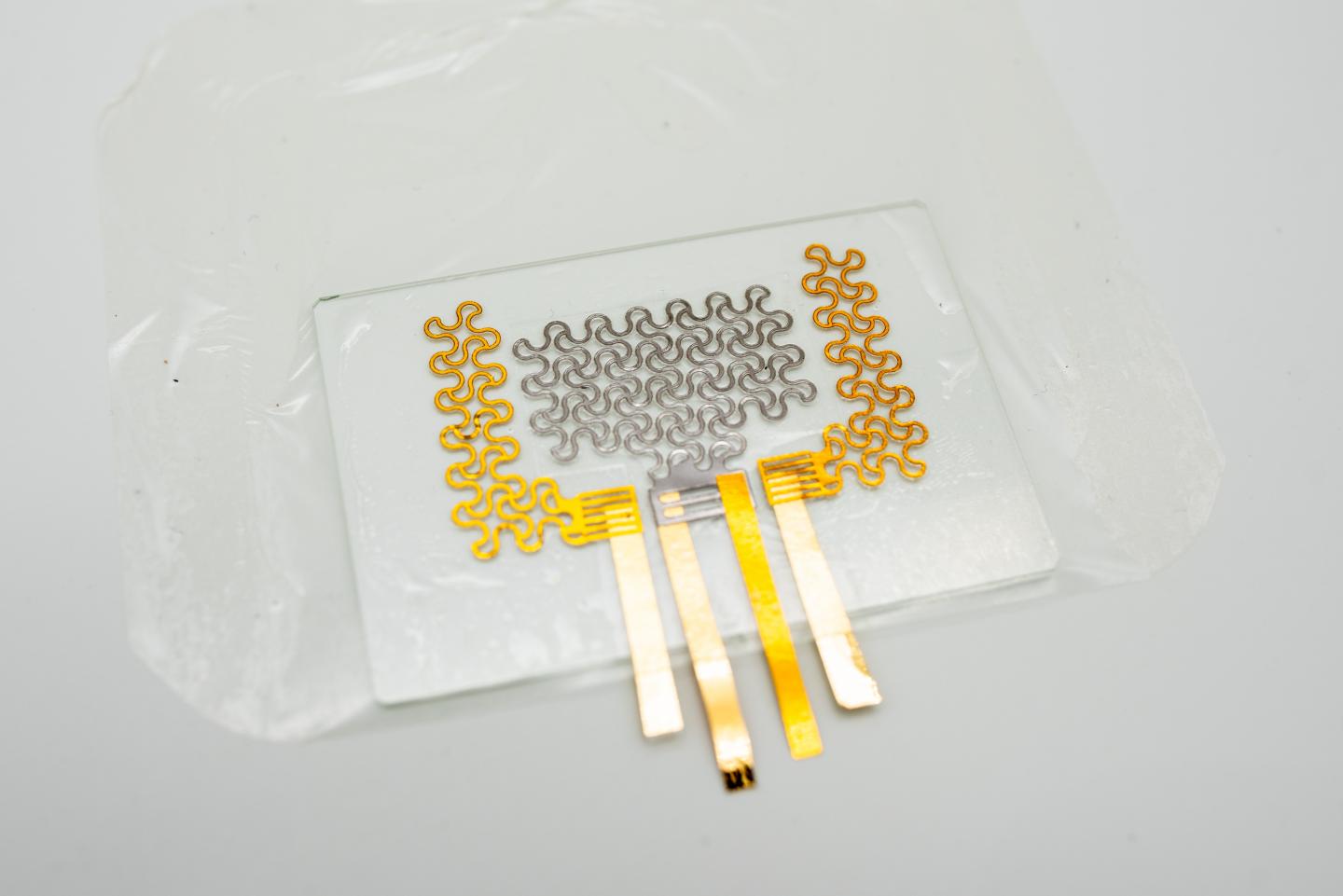
The graphene-based device is the just the latest incarnation in flexible, wearable cardio electronics to come from the university’s Cockrell School of Engineering, led by Nanshu Lu. According to the researchers, the e-tattoo is the first of its kind to measure electrocardiograph (ECG) and seismocardiograph (SCG) activity, taking both readings simultaneously. It is described in the journal Advanced Science.
While many will be familiar with ECG technology, SCG is less pervasive. It measures vibration in the chest as the heart beats and provides a form of validation for ECG data when the two readings are combined.
"We can get much greater insight into heart health by the synchronous collection of data from both sources," said Lu, an associate professor in the departments of Aerospace Engineering &Engineering Mechanics, and Biomedical Engineering.
Although soft e-tattoos for ECG are not new, SCG sensors are largely still produced using rigid materials, making them bulky and uncomfortable to wear. Lu and her team's e-tattoo is made from a piezoelectric polymer called polyvinylidene fluoride, capable of generating its own electric charge in response to mechanical stress. The device also includes 3D digital image correlation technology that is used to map chest vibrations in order to identify the best location on the chest to place it.
The researchers also claim the e-tattoo is so lightweight and stretchable that it can be placed over the heart for extended periods with little or no discomfort. This will potentially allow medical personnel to monitor heart health over several days, compared to just a few minutes or hours in a clinical setting.
Lu and her team are already working on improvements to data collection and storage for the device, as well as ways to power the e-tattoo wirelessly for longer periods. They recently developed a smartphone app that not only stores the data safely but can also show a heart beating on the screen in real time.




Nanogenerator consumes CO2 to generate electricity
Whoopee, they've solved how to keep a light on but not a lot else.